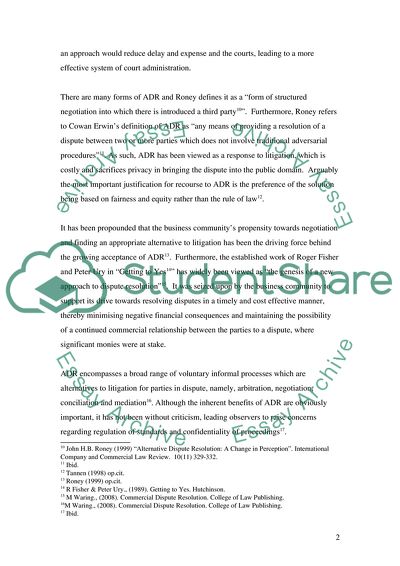Cite this document
(Embracing Alternative Dispute Resolution Research Paper - 2, n.d.)
Embracing Alternative Dispute Resolution Research Paper - 2. Retrieved from https://studentshare.org/law/1723912-business-law
Embracing Alternative Dispute Resolution Research Paper - 2. Retrieved from https://studentshare.org/law/1723912-business-law
(Embracing Alternative Dispute Resolution Research Paper - 2)
Embracing Alternative Dispute Resolution Research Paper - 2. https://studentshare.org/law/1723912-business-law.
Embracing Alternative Dispute Resolution Research Paper - 2. https://studentshare.org/law/1723912-business-law.
“Embracing Alternative Dispute Resolution Research Paper - 2”, n.d. https://studentshare.org/law/1723912-business-law.


